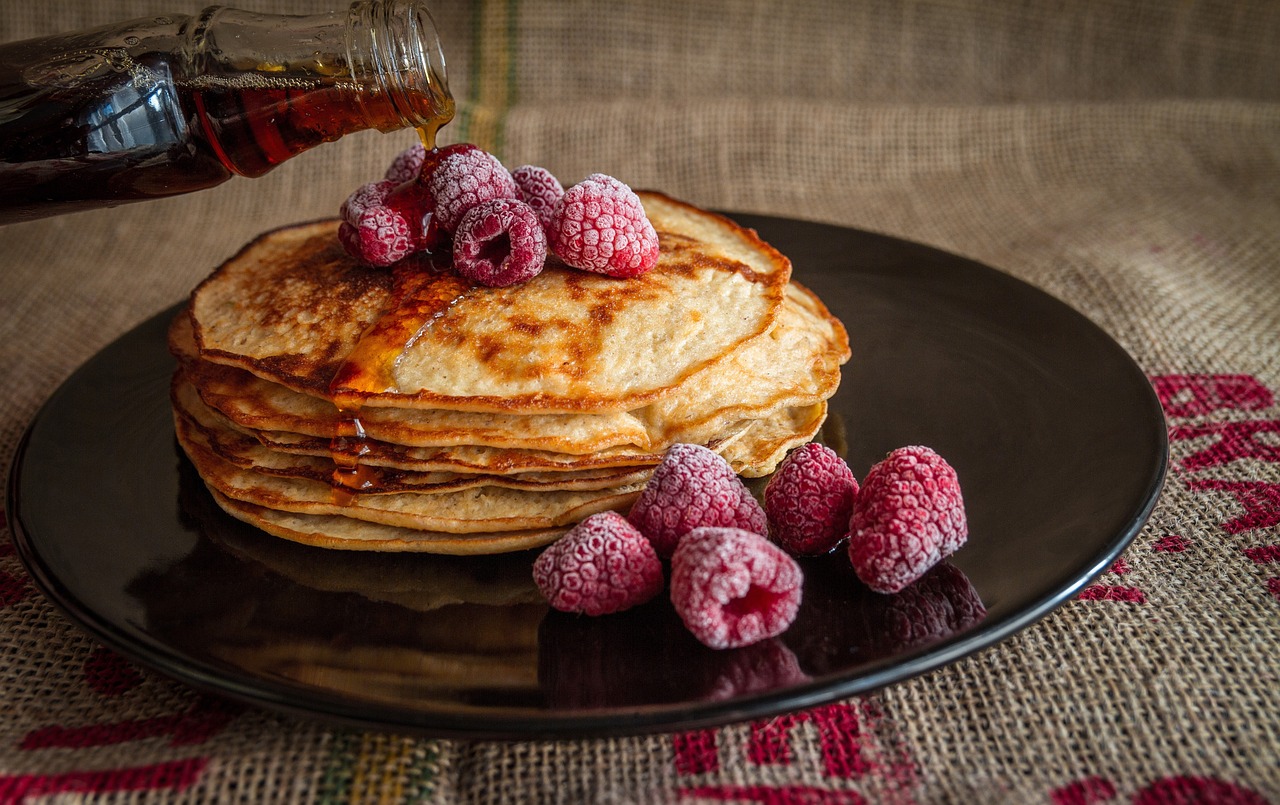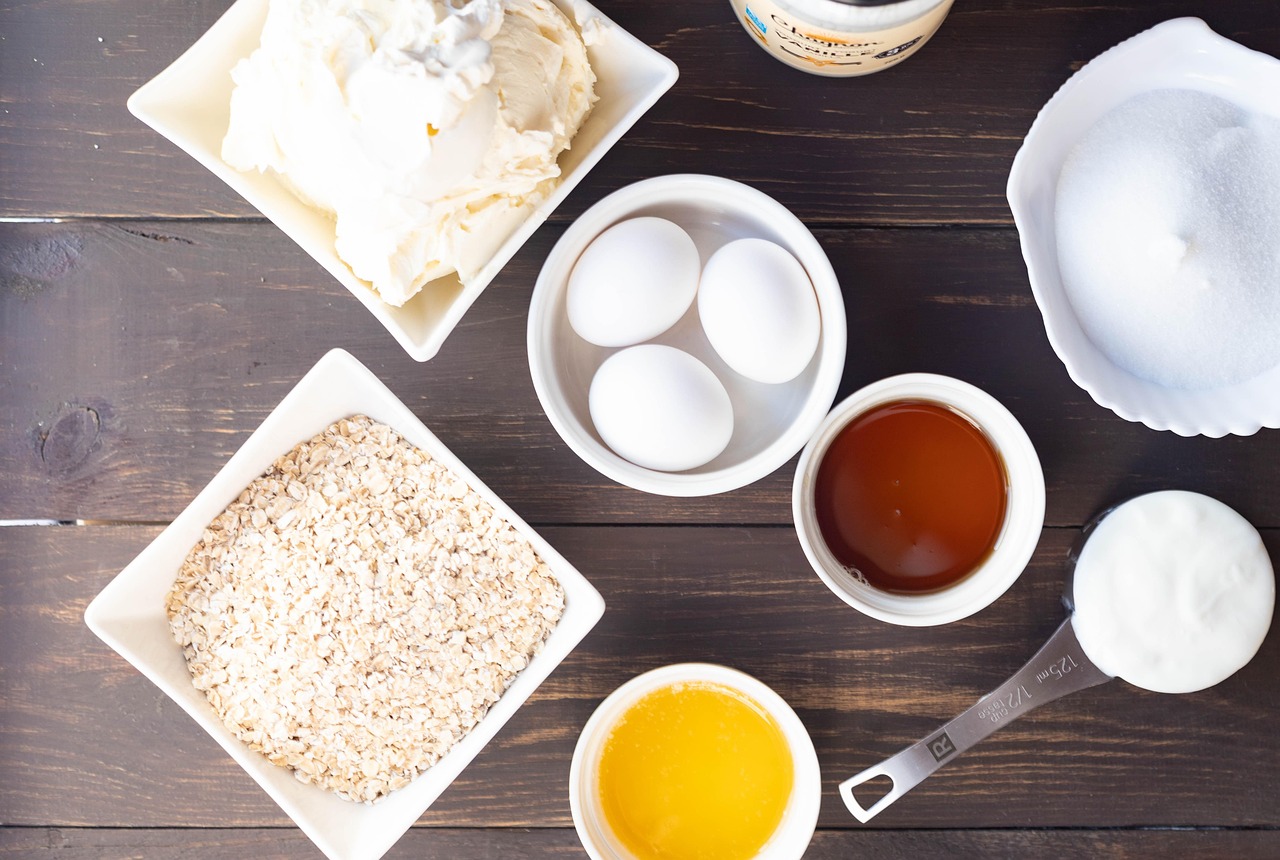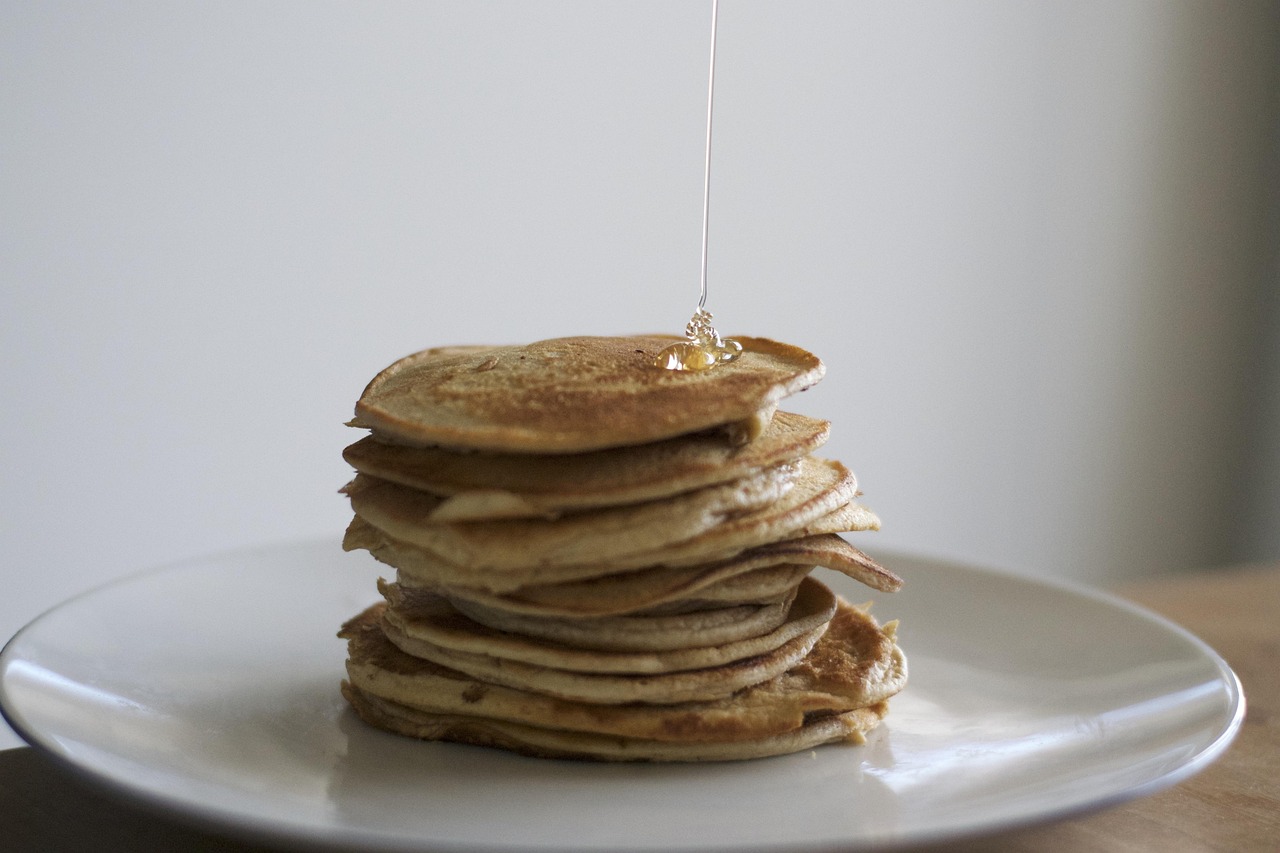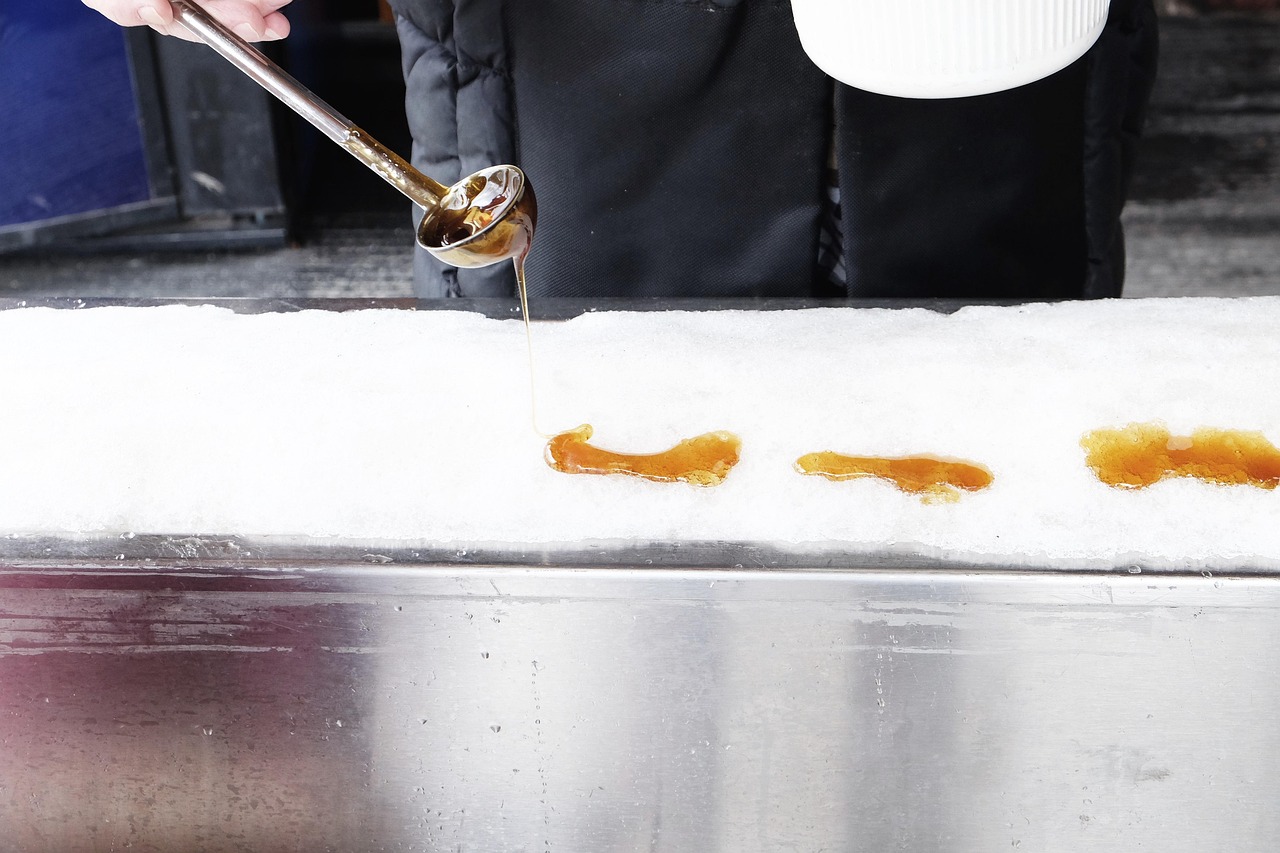Maple syrup can be considered a better alternative to sugar due to its natural origins, unique flavor, and potential health benefits. While both are sweeteners, maple syrup contains more nutrients and antioxidants compared to refined sugar.
Understanding Sweeteners

Sweeteners play a significant role in our diets. They can enhance the flavor of foods and beverages, adding a pleasant sweetness. Among the various sweeteners available, maple syrup and sugar are two of the most commonly used. Each has its distinct characteristics, uses, and nutritional profiles, which can influence consumer choices.
Sugar is typically derived from sugar cane or sugar beets. It undergoes extensive processing to remove impurities and create the white granules most people are familiar with. On the other hand, maple syrup is a natural sweetener made from the sap of maple trees. The sap is collected in spring and then boiled down to concentrate its sugars, resulting in a rich syrup that retains some of its original nutrients.
One of the primary reasons people seek alternatives to traditional sugar is health concerns. Refined sugar has been linked to various health issues, including obesity, diabetes, and heart disease. As a result, many individuals are turning to maple syrup as a more wholesome option.
Nutritional Comparison
When considering maple syrup versus sugar, it is essential to look at their nutritional content. Below is a comparison of the two sweeteners based on a tablespoon serving size:
| Nutrient | Maple Syrup (1 tbsp) | Sugar (1 tbsp) |
|---|---|---|
| Calories | 52 | 49 |
| Carbohydrates | 13.4 g | 12.6 g |
| Sugars | 12 g | 12.6 g |
| Vitamins & Minerals | Contains: Calcium, Potassium, Magnesium, Iron Antioxidants: Yes |
No |
This table highlights some key differences between maple syrup and sugar. Maple syrup has slightly more calories and carbohydrates per tablespoon but offers essential vitamins and minerals that sugar lacks. Additionally, maple syrup contains antioxidants, which may contribute to various health benefits.
Flavor Profile
The flavor of maple syrup is another factor that sets it apart from sugar. Maple syrup has a distinct, rich flavor that can enhance recipes in unique ways. It can add depth to pancakes, waffles, and baked goods or serve as a natural sweetener in savory dishes and dressings.
Sugar, while versatile, often lacks the complex flavor profile that maple syrup provides. This quality makes maple syrup a popular choice for those looking to elevate their cooking and baking experiences.
In summary, while both maple syrup and sugar serve similar purposes in sweetening foods, their nutritional profiles and flavors are quite different. Understanding these differences can help consumers make informed choices about their sweetener preferences.
Health Benefits of Maple Syrup
When comparing maple syrup to sugar, one of the most significant considerations is the health benefits associated with each sweetener. While sugar is often criticized for its negative health impacts, maple syrup offers various advantages that can contribute to overall well-being.
Nutrient Density
Maple syrup is not just a sweetener; it is also a source of important nutrients. It contains several vitamins and minerals that are beneficial for health. Some key nutrients found in maple syrup include:
- Calcium: Essential for bone health and muscle function.
- Potassium: Helps regulate blood pressure and fluid balance.
- Magnesium: Supports metabolism and muscle function.
- Zinc: Important for immune system function.
- Manganese: Plays a role in antioxidant defense and metabolism.
This nutrient density makes maple syrup a more appealing choice for those seeking a sweetener that offers additional health benefits beyond simply providing calories.
Antioxidant Properties
Another advantage of maple syrup is its antioxidant content. Antioxidants help combat oxidative stress in the body, potentially reducing the risk of chronic diseases. Research has shown that maple syrup contains several types of antioxidants, including:
- Phenolic Compounds: These compounds have anti-inflammatory properties and may protect against heart disease.
- Benzoic Acid: This compound has been studied for its potential anti-cancer effects.
The presence of these antioxidants in maple syrup adds another layer of health benefits that refined sugar simply does not provide.
Glycemic Index Comparison
The glycemic index (GI) is a measure of how quickly a food raises blood sugar levels after consumption. Foods with a high GI can lead to rapid spikes in blood sugar, which may contribute to health issues like diabetes and obesity. Understanding the glycemic index of maple syrup compared to sugar can help consumers make informed choices.
Maple syrup has a lower glycemic index than refined sugar. Specifically, the GI for maple syrup is approximately 54, while that of table sugar is around 65. This difference suggests that maple syrup may cause a slower increase in blood sugar levels, making it a more suitable option for those concerned about blood sugar management.
Usage in Cooking and Baking
The versatility of maple syrup extends beyond its flavor profile and health benefits. It can be used in various culinary applications, providing an excellent alternative to sugar in recipes. Here are some common ways to incorporate maple syrup into cooking and baking:
- Pancakes and Waffles: Maple syrup is a classic topping that enhances the flavor of breakfast dishes.
- Baked Goods: Substitute maple syrup for sugar in muffins, cookies, and cakes to add moisture and flavor.
- Marinades and Sauces: Use maple syrup to sweeten marinades for meats or as a glaze for vegetables.
- Hot Beverages: Stir maple syrup into tea or coffee as a natural sweetener.
This versatility allows individuals to enjoy the benefits of maple syrup while still satisfying their sweet tooth in a variety of dishes.
Environmental Considerations
Choosing maple syrup over refined sugar can also have environmental implications. Maple syrup production typically has a smaller ecological footprint compared to sugar cane cultivation. The process of tapping maple trees for sap is sustainable when done responsibly, ensuring that trees remain healthy and productive for many years.

In contrast, sugar cane farming often involves extensive land use, chemical fertilizers, and pesticides, which can adversely affect local ecosystems. By selecting maple syrup as a sweetener, consumers may contribute to more sustainable agricultural practices.
Choosing Quality Maple Syrup

Not all maple syrups are created equal. When selecting maple syrup, it is essential to consider quality factors that can impact flavor and health benefits. The grading system for maple syrup varies by region, but understanding these grades can help consumers make informed choices.
Maple Syrup Grades
In the United States, maple syrup is typically classified into four primary grades:
- Grade A Light (Golden Color): This syrup has a mild, delicate flavor and is often used as a table syrup.
- Grade A Medium (Amber Color): Slightly darker than Grade A Light, this syrup offers a more pronounced maple flavor. It is also popular for table use.
- Grade A Dark (Rich Color): This syrup has a strong flavor, making it ideal for cooking and baking.
- Grade B (Very Dark): This syrup has an intense flavor and is often used in recipes or as a sweetener in various dishes.
When purchasing maple syrup, look for organic options whenever possible. Organic maple syrup is made from sap harvested from trees that have not been treated with synthetic pesticides or fertilizers, ensuring a cleaner product.
Storage and Shelf Life
Proper storage of maple syrup is crucial for maintaining its quality and flavor. Here are some tips for storing maple syrup:
- Refrigeration: Once opened, maple syrup should be refrigerated to prevent spoilage. Unopened bottles can be stored in a cool, dark place.
- Airtight Containers: Always store maple syrup in airtight containers to prevent contamination and preserve freshness.
- Freezing: Maple syrup can be frozen for long-term storage. Simply pour it into a freezer-safe container, leaving room for expansion.
When properly stored, maple syrup can last for several years. However, it is essential to monitor for any signs of spoilage, such as off smells or changes in color.
Cooking Tips with Maple Syrup
Incorporating maple syrup into your cooking can enhance flavors while providing nutritional benefits. Here are some cooking tips to maximize the use of maple syrup:
Baking Substitutions
If you want to replace sugar with maple syrup in baking recipes, consider the following adjustments:
- For every cup of sugar, use approximately ¾ cup of maple syrup.
- Reduce the liquid content in the recipe by about 3 tablespoons for every cup of maple syrup used.
- Lower the oven temperature by about 25°F, as maple syrup can cause baked goods to brown faster.
Flavor Pairings
Maple syrup pairs well with various ingredients that can complement its natural sweetness. Consider trying these flavor pairings:
- Cinnamon: Enhances the warmth and richness of dishes.
- Nuts: Almonds and walnuts add texture and flavor contrast.
- Citrus: Lemon or orange zest can brighten up the sweetness of maple syrup.
- Herbs: Rosemary or thyme can create savory dishes that balance the sweetness.
Cultural Significance of Maple Syrup
Maple syrup holds cultural importance in various regions, particularly in North America. Its production is often celebrated through festivals and traditions that honor the craftsmanship involved in making this unique sweetener.
The process of tapping trees and collecting sap has deep roots in Indigenous cultures. Many Indigenous peoples have traditionally harvested sap from maple trees, using techniques passed down through generations. Today, many festivals highlight this heritage, showcasing the historic significance of maple syrup in local communities.
In addition to its cultural heritage, maple syrup has become a symbol of the changing seasons, particularly in regions where maple trees thrive. The arrival of spring often marks the beginning of sugaring season, creating community gatherings around the production of this beloved sweetener.
Economic Impact of Maple Syrup Production
The production of maple syrup is not only a cultural practice but also a vital economic activity in certain regions, particularly in the northeastern United States and Canada. The industry supports local farmers and communities, contributing to job creation and tourism.
According to recent statistics, the maple syrup industry generates hundreds of millions of dollars annually. This includes not only the sale of syrup itself but also related products such as maple candy, maple-flavored items, and even tourism associated with sugar shacks and syrup festivals.
In many communities, maple syrup production is a source of pride. Local festivals often attract thousands of visitors, providing an economic boost to restaurants, shops, and local attractions. These events celebrate the craftsmanship involved in syrup production and educate visitors about the history and techniques of maple harvesting.
Maple Syrup vs. Sugar in Modern Diets
In today’s health-conscious society, more people are becoming aware of what they consume. This awareness influences the choices between traditional sugar and alternatives like maple syrup. As a result, many individuals are seeking natural sweeteners that align with their dietary preferences and health goals.
Maple syrup’s lower glycemic index and nutrient content make it an attractive alternative for those aiming to reduce refined sugar intake. With the rise in popularity of natural and organic foods, maple syrup has found its place in many kitchens, not only as a sweetener but as an ingredient that adds depth to various dishes.
Environmental Sustainability and Future Trends
A

s consumers become more eco-conscious, the demand for sustainable products continues to grow. Maple syrup production is often viewed as more sustainable than conventional sugar production due to its minimal environmental impact when harvested responsibly. This trend may lead to increased interest in locally sourced maple syrup as consumers prioritize sustainability in their purchasing decisions.
Additionally, innovations in the maple syrup industry are emerging. Some producers are exploring new techniques for extraction and processing that enhance flavor while minimizing environmental impact. Sustainable practices such as reforestation and responsible tree management are also gaining traction, ensuring that maple trees remain viable for future generations.
Final Thoughts
The debate between maple syrup and sugar is multifaceted, encompassing health, culinary uses, cultural significance, and environmental impacts. Maple syrup stands out as a natural alternative that offers not only a unique flavor but also a range of health benefits and nutritional advantages over refined sugar.
While it is important to consume any sweetener in moderation, choosing maple syrup can provide an opportunity to enjoy sweetness while also benefiting from its rich nutrient profile. The cultural and economic significance of maple syrup further emphasizes its value beyond just being a sweetener; it connects communities and honors traditions that have evolved over generations.
In conclusion, whether you are looking to enhance your culinary creations or make healthier choices, maple syrup presents itself as a compelling alternative to traditional sugar. Its distinct flavor, combined with its nutritional benefits and cultural roots, makes it a worthy addition to any kitchen.
